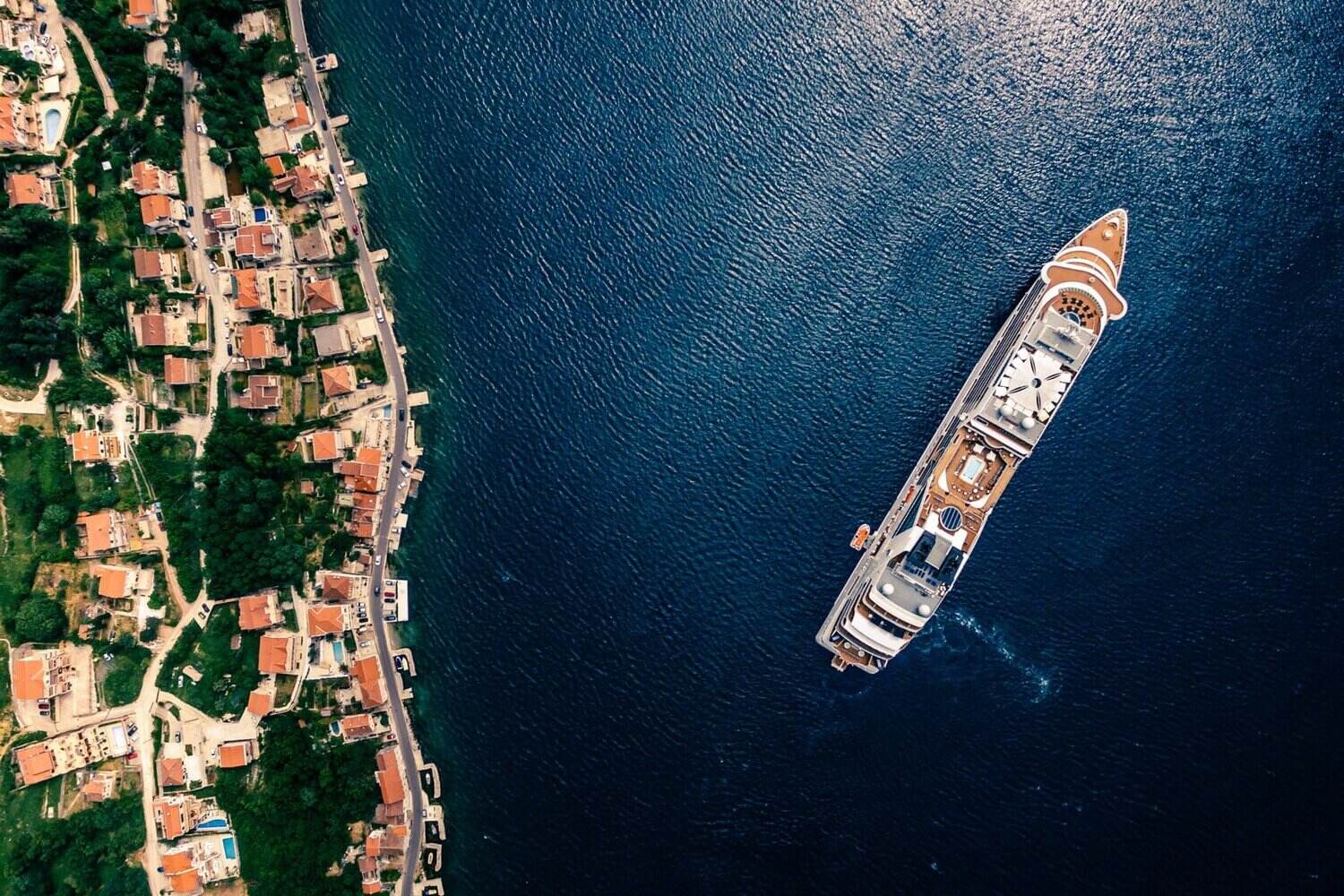
Montenegro might be small, but it packs a punch with its rich history, stunning landscapes, and vibrant culture. Nestled in the Balkans, this gem offers a mix of Adriatic coastline, rugged mountains, and medieval villages. Did you know Montenegro means "Black Mountain"? This name reflects its dramatic, mountainous terrain. With a population of just over 600,000, it's one of Europe's smallest countries. Yet, it boasts UNESCO World Heritage sites, like the Bay of Kotor. Montenegro gained independence from Serbia in 2006, making it one of the world's youngest nations. Ready to learn more? Let's dive into 15 fascinating facts about this captivating country!
Key Takeaways:
- Montenegro's geography is like a cool mixed tape of mountains, lakes, and a "not-a-fjord" bay. It's like nature's greatest hits album!
- Montenegro is a small but mighty country with ancient forests, rare plants, and a cool mix of old traditions and modern vibes. It's like a treasure chest of nature and culture!
Montenegro's Unique Geography
Montenegro, a small country in Southeastern Europe, boasts a diverse landscape. From stunning coastlines to rugged mountains, its geography is truly unique.
- Montenegro's name means "Black Mountain" in Venetian, inspired by the dark, forested mountains that dominate its landscape.
- The Bay of Kotor, often mistaken for a fjord, is actually a ria, a submerged river canyon.
- Durmitor National Park, a UNESCO World Heritage site, features the deepest canyon in Europe, the Tara River Canyon.
- Lake Skadar, the largest lake in Southern Europe, straddles the border between Montenegro and Albania.
Rich Cultural Heritage
Montenegro's history is a tapestry of various cultures and civilizations. This rich cultural heritage is evident in its architecture, traditions, and festivals.
- The Ostrog Monastery, built into a vertical cliff face, is a significant pilgrimage site for Orthodox Christians.
- Kotor's Old Town, a UNESCO World Heritage site, is a well-preserved medieval city with narrow streets and historic buildings.
- The traditional Montenegrin dance, Oro, involves dancers forming a circle and mimicking the flight of an eagle.
- Every August, the town of Cetinje hosts the Royal Theatre Festival, celebrating Montenegro's theatrical traditions.
Biodiversity and Natural Wonders
Montenegro is home to a wide variety of flora and fauna, making it a paradise for nature lovers.
- Biogradska Gora National Park is one of the last three virgin forests in Europe, with trees over 500 years old.
- The country has over 1,200 species of plants, many of which are endemic to the region.
- Montenegro's coastal waters are home to the endangered Mediterranean monk seal.
- Lov?en National Park is not only a natural wonder but also houses the mausoleum of Petar II Petrovi?-Njegoš, a revered Montenegrin poet and philosopher.
Modern Montenegro
Despite its small size, Montenegro has made significant strides in modern development while preserving its natural and cultural heritage.
- Montenegro declared its independence from Serbia in 2006, becoming one of the world's youngest countries.
- The country uses the euro as its official currency, despite not being a member of the European Union.
- Porto Montenegro, a luxury yacht marina in Tivat, has become a popular destination for the global elite.
Montenegro's Hidden Gems
Montenegro's got a lot more than meets the eye. From its stunning Adriatic coastline to the rugged Dinaric Alps, this small country packs a punch. Whether you're into history, nature, or just looking for a unique travel spot, Montenegro has something for everyone. The ancient town of Kotor offers a peek into medieval times, while the Bay of Kotor provides breathtaking views. Don't miss the Durmitor National Park for some serious outdoor adventures. And let's not forget the Tara River Canyon, one of the deepest in the world. Montenegro's rich culture, diverse landscapes, and welcoming locals make it a must-visit. So, next time you're planning a trip, consider this hidden gem. You won't regret it.
Frequently Asked Questions
Was this page helpful?
Our commitment to delivering trustworthy and engaging content is at the heart of what we do. Each fact on our site is contributed by real users like you, bringing a wealth of diverse insights and information. To ensure the highest standards of accuracy and reliability, our dedicated editors meticulously review each submission. This process guarantees that the facts we share are not only fascinating but also credible. Trust in our commitment to quality and authenticity as you explore and learn with us.


